We have many employees that work in the tech world during the day, but also enjoy homesteading in the evenings and weekends. Heather, a member of Lehman’s digital marketing team, is a classic example. She moved from a busy urban life in Chicago to rural Ohio to start her journey to a simpler life and has been raising bees here for 10 years.
Her interest was piqued when she listened to a podcast about a couple moving from California to Indiana to start their own homestead and she said, “That’s what I want to do!” The podcast also explained that if you are raising bees to protect our pollinators, and are not concerned with gathering the honey, it is a low-maintenance hobby that will allow the beekeeper to travel.
“I let my bees have the honey, so they have a better chance of making it through the cold season,” she explained. “Maximizing honey flow, while rewarding, can be a lot of work. I am a laid-back beekeeper and it’s not a lot of work at all. Bees are awesome and need our help – I want my hive to thrive! Plus, they are really fun to watch.”
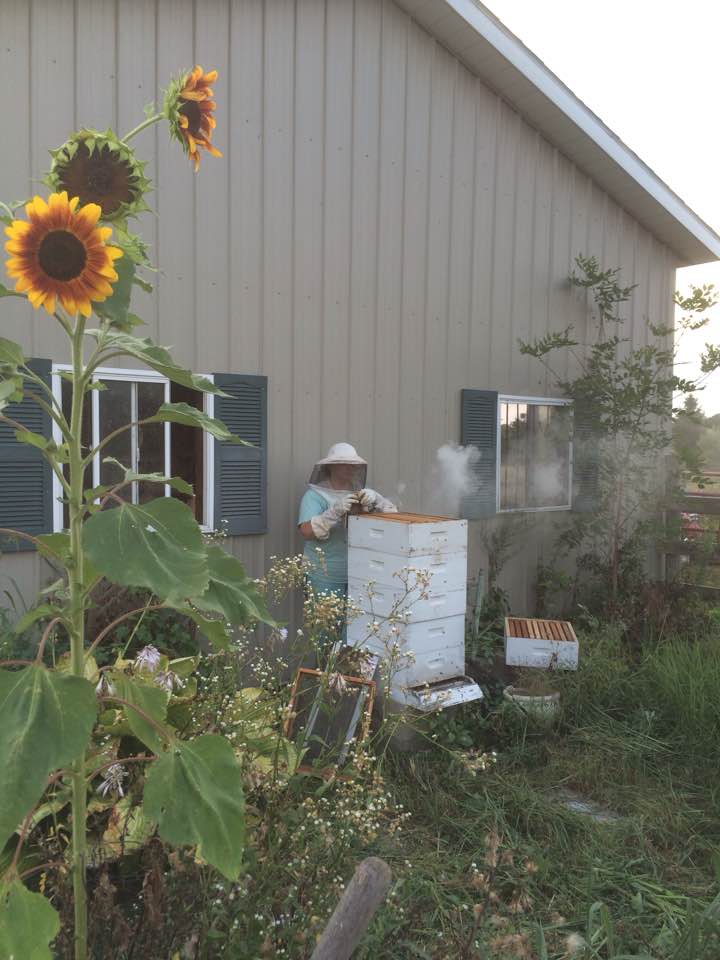
Much of Heather’s knowledge came from other, more experienced beekeepers. “I have friends that raise bees, and I went to a conference that had sessions about beekeeping – it was awesome,” she said. Getting a good “bee mentor” is her top piece of advice for beginners, as well as doing your research online or with good, old-fashioned books. Her second piece of advice is safety first – wear the suit, veil, and gloves, and keep Sting Kill on hand in case you need it.
Heather raises bees on a couple of acres – but you don’t need that much land. (Some beekeepers with minimal or no yard space keep roof apiaries.) You can plant the entrances, so their flight path goes up instead of out, she explained. Simple maintenance of the hive includes regular external inspection (is there healthy buzzing and activity, for example). You can also check your bees “pollen pockets,” the adorable little pouches on their legs, to ensure they are gathering pollen. Internal inspection of the hive is needed less often but can be more time consuming. You need to check for predators, like wasps, mice and birds, to ensure they haven’t taken over the hive. You also need to ensure the honey is growing and centered on the frame.
Here’s Heather’s Beginner Beekeeping Product List to get you started:
Safety: Suit, Veil, Gloves, Sting Treatment
Begin with full coverage so you can focus on and get accustomed to working with the bees, and not be distracted by evasive or defensive moves or first aid: beekeeping coveralls, hat with veil, gloves, and Sting Kill (just in case).
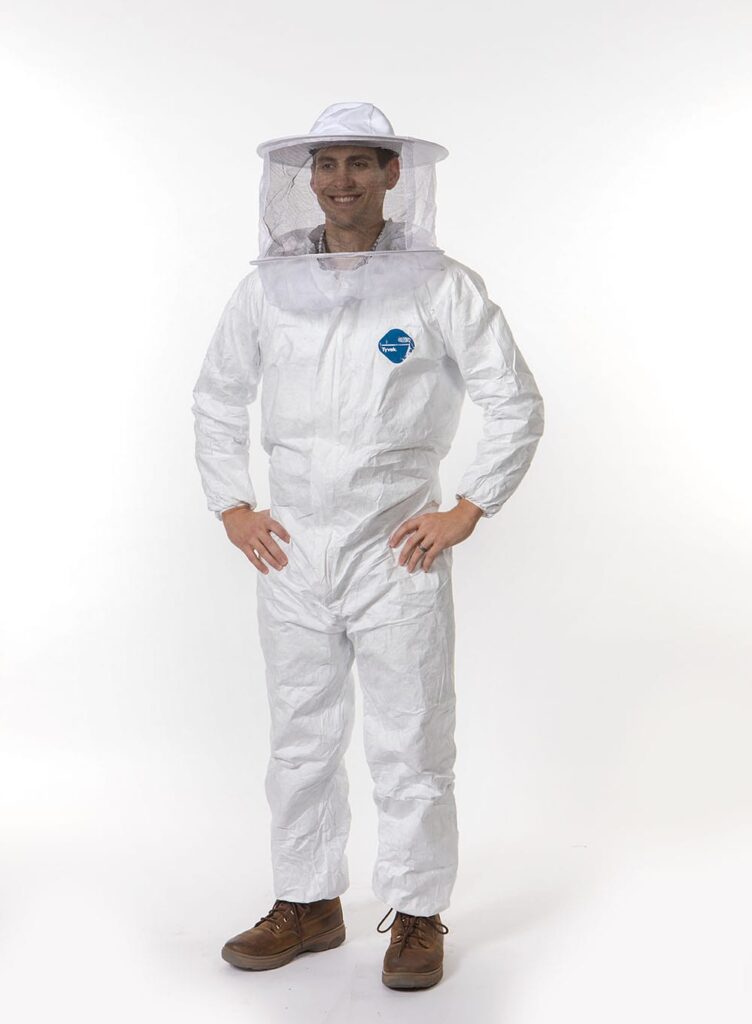
Choosing Your Frame
I recommend wired foundation natural wax frames for beginner beekeepers who are looking for an alternative to plastic. This deep wooden bee frame features a natural beeswax foundation supported with wire for added stability. Comes fully assembled and ready to use!
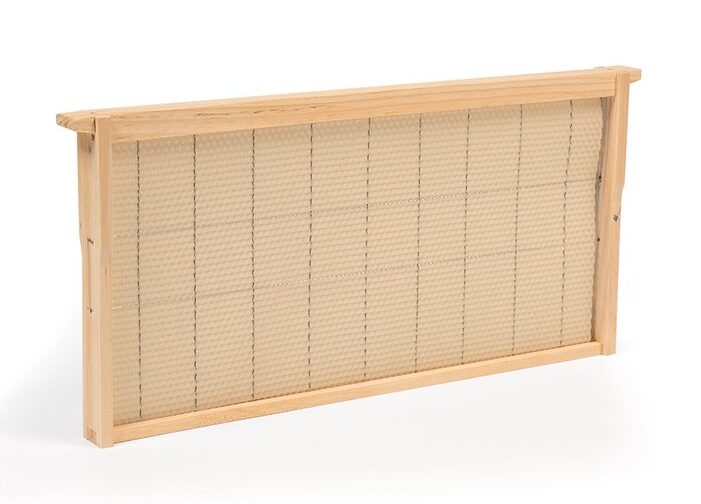
References/External Sources of Info
Connecting with a mentor is immeasurably helpful. All beekeepers can benefit from sharing what they find works well and doesn’t. If you’re working in a hive, have a reference book or two ready. Be sure to create a beekeeping journal to leverage all you try, including successes and failures. Weather conditions vary year by year, so it is especially helpful to know what worked or didn’t work the previous season. Podcasts and Guilds/Associations can also be a wealth of information.
Here are two of my favorite beekeeping books:

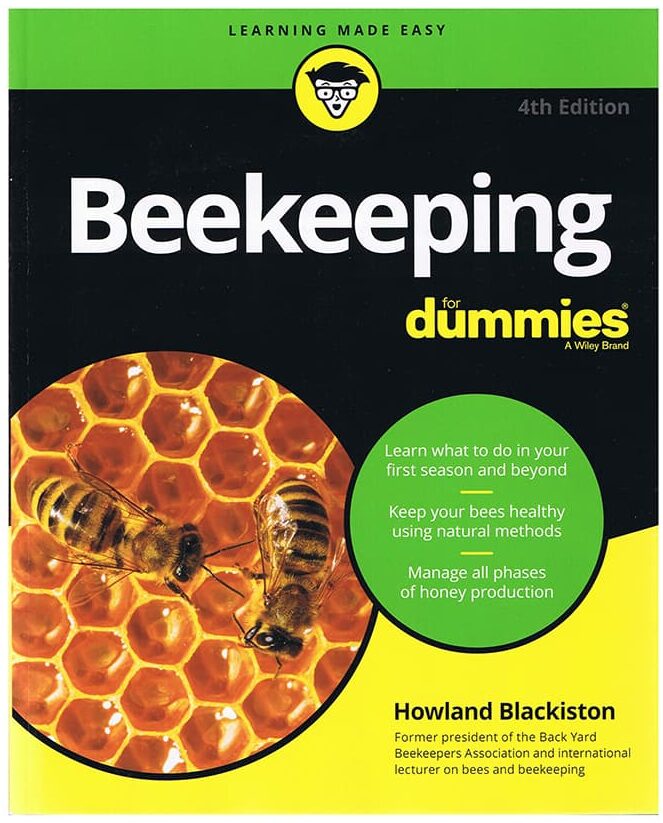
Heading into the Hive
One essential tool is your beekeeping multi-tool. Bees work hard to fill hive holes and gaps from the inside with bee glue. Use this indispensable multi-tool to open the hive, separate hive parts, lift frames, and tidy up while working in the hive. One end is painted to improve contrast; you’ll spot it quickly no matter where it’s resting, and it includes a convenient nail pulling hole, too.
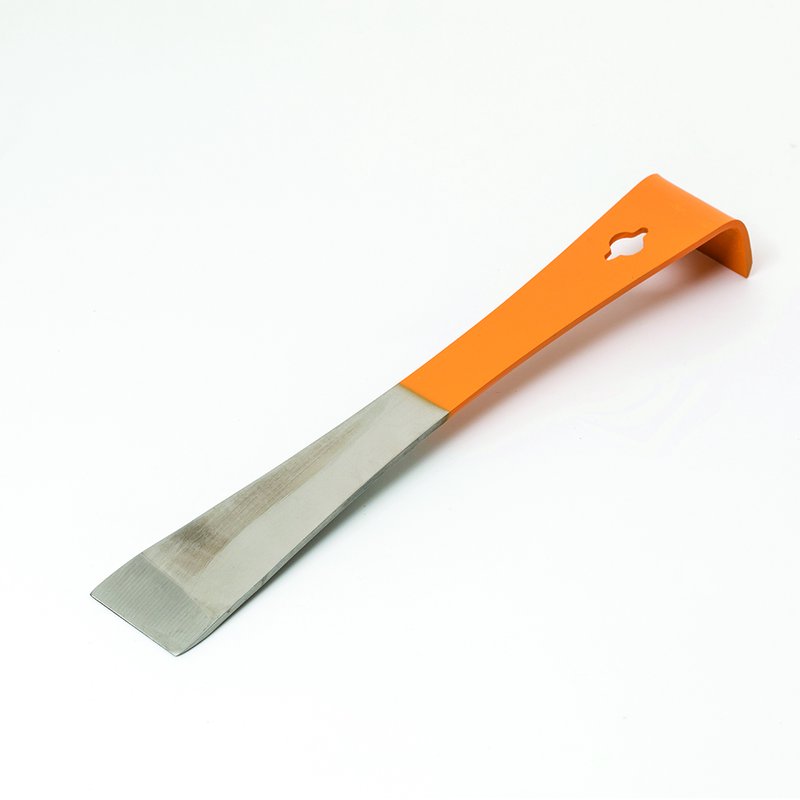
Use this bellows and fire chamber tool to slowly direct thick, cool smoke into the hive any time you enter and while you work inside the hive. It’s effectively a “chill pill” for the colony, masking the guard bees’ alert pheromones and warning them of the risk of a nearby fire. They quickly focus on storing up on honey in case they need to relocate and are too full and off-kilter to defend against your hive visit.
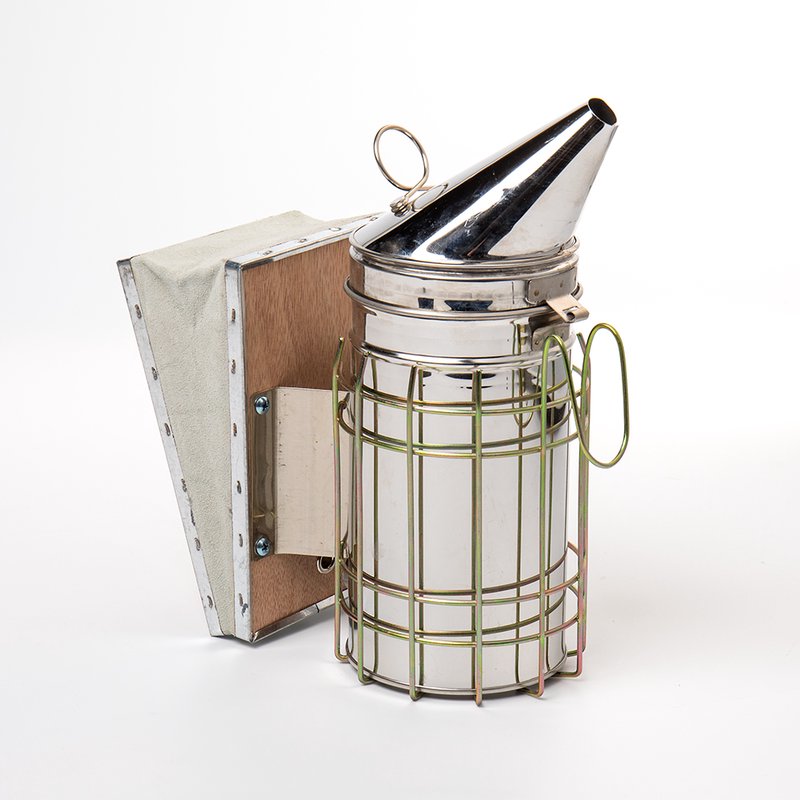
Use a bee brush to safely and gently redirect bees that land on your veil, clothing or the hive parts you’re working on, and to sweep away loose comb after you tidy the hive.
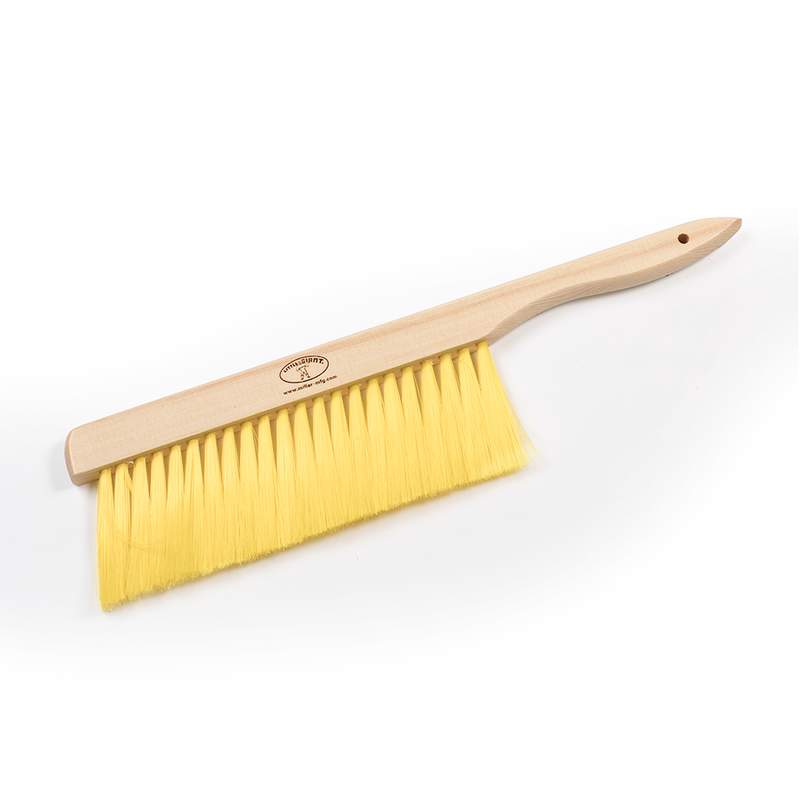
Improving Hive Security
For when the bees could use a smaller hive entrance, such as when just starting a hive, if robbing occurs, and when temperatures drop, the entrance reducer is essential. Rotate to adjust between two smaller “front door” notch size options. Install for the duration of winter and when pests can overwhelm the hive.
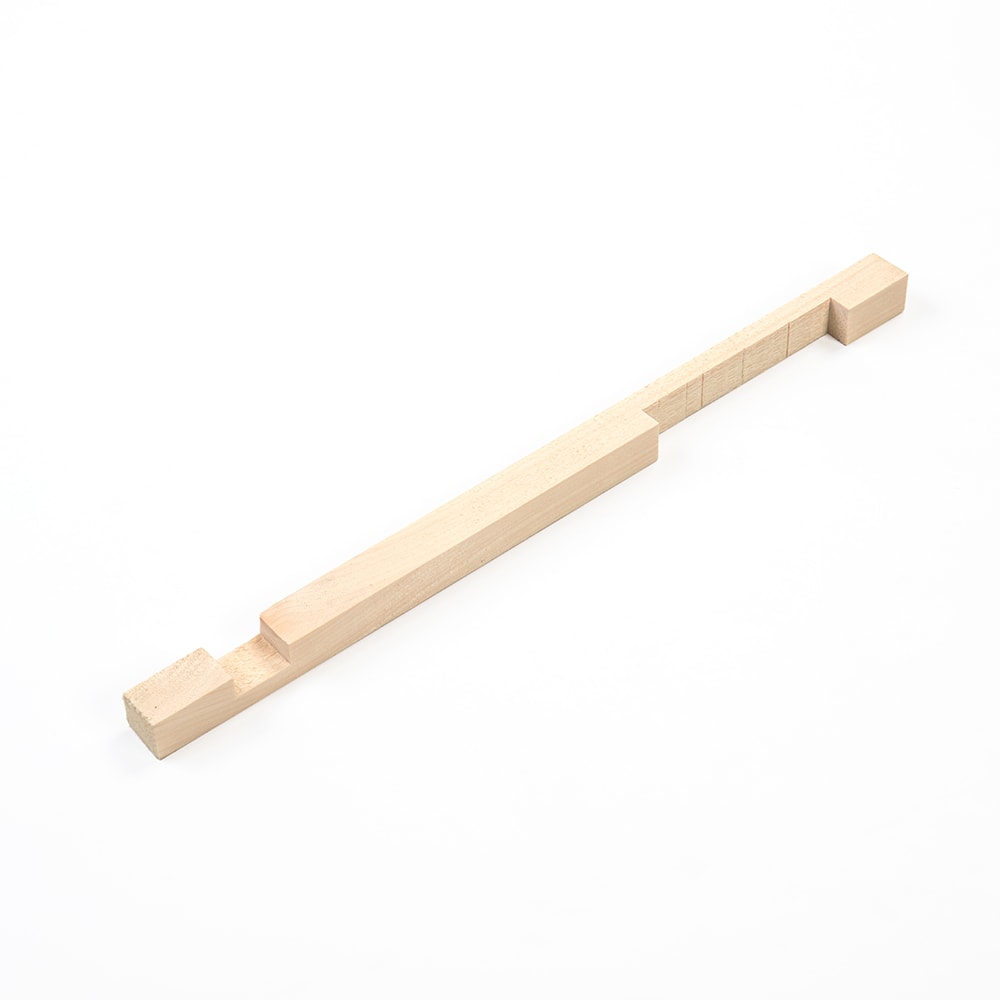
Good luck with your beekeeping venture!

































